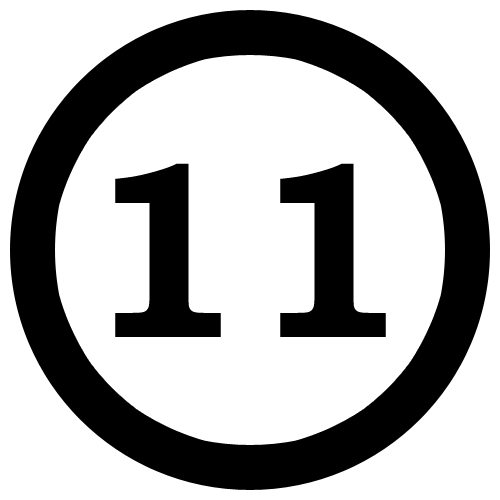
Did You Know That Chapter 11 Isn’t Just for Businesses?
Most people filing for personal bankruptcy go with either Chapter 7 or Chapter 13. For individuals with an income that is more than the average, Chapter 11 bankruptcy may be the best course of action.
Chapter 11 at a Glance
Primarily used by businesses, Chapter 11 makes it possible for you to reorganize your financial responsibilities so that you can hold onto most of your assets while paying down your debt – usually by selling other portions of your assets. Like Chapter 7 and Chapter 13 bankruptcies, Chapter 11 puts a halt on collection efforts from creditors through an automatic stay.
Why Would an Individual File for Chapter 11?
There’s a high level of complexity with Chapter 11 bankruptcy. However, there are means tests for both Chapter 7 and Chapter 13 that limits income and secured debt for those who can file. For example, someone with multiple amounts of property but limited assets that can be liquidated to pay debts.
Time Frame for Reorganizing Through Chapter 11
After filing for Chapter 11, you have 120 days to present a plan for reorganization of your finances. You can also file for an extension if needed. If you fail to present a plan, any of your debtors can file a plan on your behalf. In your plan for reorganization, you can do a number of things, including refinancing already existing loans and increase the time limit for repayment.
Unsure of Which Bankruptcy Option is For You? Call the Oswalt Law Group
Filing for bankruptcy is definitely one of those things that you should never ever do without the advice and assistance of a lawyer skilled in all aspects of the laws. If you’re having difficulty in paying your debt, we’d be happy to talk with you about your bankruptcy options – and even alternatives to bankruptcy. Call us here at the Oswalt Law Group for a free consultation; our number is (602) 225-2222.
